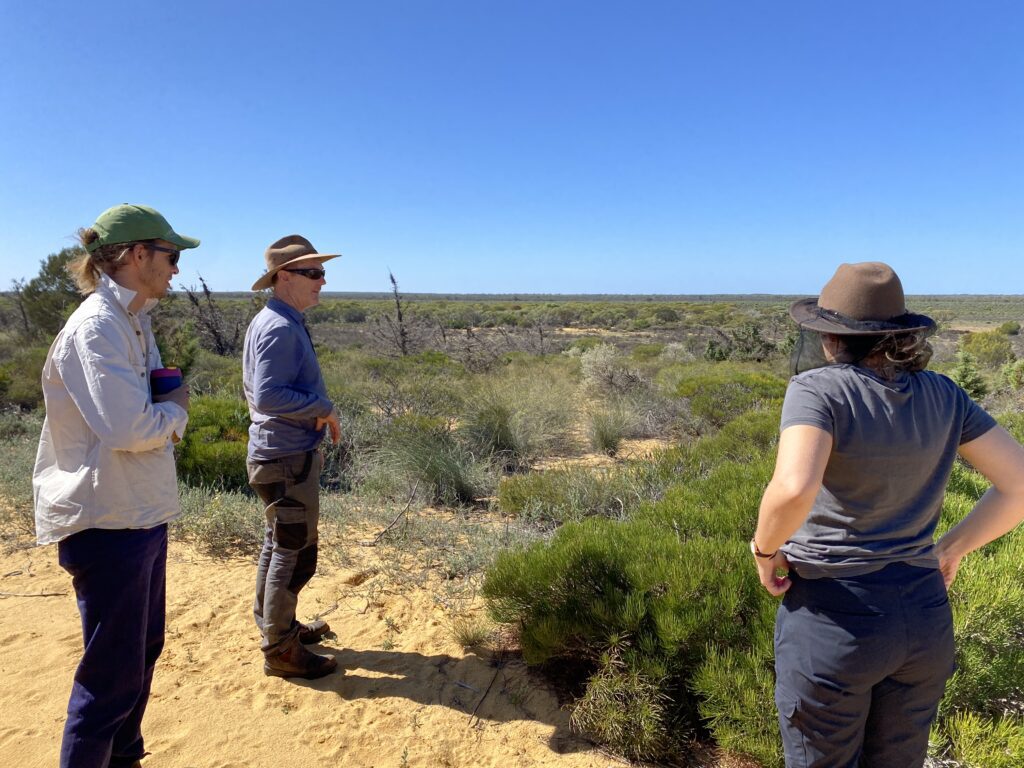A question we get asked by our donors and supporters is how our work contributes to the United Nations Sustainable Development Goals (SDGs). This article focuses on SDG 17 – Partnering for the Goals.
Our work on Partnering for the goals is focused on:
Multi-stakeholder partnerships
- Enhance the global partnership for sustainable development, complemented by multi-stakeholder partnerships that mobilize and share knowledge, expertise, technology and financial resources, to support the achievement of the sustainable development goals in all countries, in particular developing countries.
- Encourage and promote effective public, public-private and civil society partnerships, building on the experience and resourcing strategies of partnerships.
Strong partnerships are an integral part of how we choose to undertake our restoration work. The UN notes that collaboration across societal sectors has emerged as one of the defining concepts of international development in the 21st century. Our world has limited financial, natural, or human resources, and we must optimise their use as a society. Good partnerships bring together diverse resources that achieve impact, are regenerative, and are inclusive of communities.
Since 2019, we have been working alongside Bush Heritage Australia to restore 1,350 hectares of cleared bush at Eurardy Reserve, located approximately 570 kilometres north of Perth and extending across more than 30,000 hectares of Nanda country. Formerly a pastoral station, Eurardy was purchased by Bush Heritage Australia in 2005 with the aim of protecting biodiversity and revegetating cleared areas. Eurardy Reserve forms a crucial ecological link between Kalbarri National Park and Toolong Nature Reserve. The Reserve is located in one of only 36 global biodiversity hotspots and is home to more than 500 native plant species.
This partnership brings together; two NGOs, the wider Northern Agricultural community, the Nanda people, and individuals working in the restoration industry.

Since 2019, we have planted more than 395,000 seedlings at Eurardy Reserve in partnership with local nurseries and contractors, restoring 644 hectares of cleared land. The seedling mix has been tailored to represent the natural vegetation and includes 35 different native species. Regular monitoring assessments are conducted to determine survival and growth rates.

In winter 2022, we utilised a combination of innovative machine and hand planting techniques to plant more than 46,000 seedlings. This mix included several keystone species, such as Lamarchea hakeifolia, Melaleuca eleuterostachya, and Calothamnus chrysanthereus. We would not have been able to create and implement this innovative approach, that will inform other restoration projects, without the close partnering and sharing of knowledge.
The project at Eurardy Reserve is one of the most significant restoration projects in Australia. By partnering, we can restore areas of bushland critically important for threatened species, including the Small-petalled Beyeria (Beyeria lepidopetala), which was presumed extinct until its rediscovery in 2005. None of this would be possible in isolation.
Beyond the partnerships above, the restoration of Eurardy Reserve has extended to educational partnerships sharing information in the community and to those who have financially contributed to the project. Biodiversity outcomes from the site, such as:
- Volunteers surveying Malleefowl activity, making an important contribution to what is a nationally vulnerable species.
- The Wildflower Society of Western Australia conducting surveys on the Reserve, with their first survey identifying 481 native plant species, many of which have been pressed and mounted in a field herbarium that is now regularly updated.
- The observation of bat species by Richard Thomas to discover if they were using the revegetated site, with all three species discovered having been found to use the site.
Eurardy Reserve is just one Carbon Positive Australia project highlighting the importance of partnerships in achieving positive environmental outcomes. It is made possible by our partnerships across the board with environmental organisations, citizen scientists, and donors. It is proof that we can achieve so much more when we work together.
Look out for more articles about how our restoration is working on the worlds to-do list.
